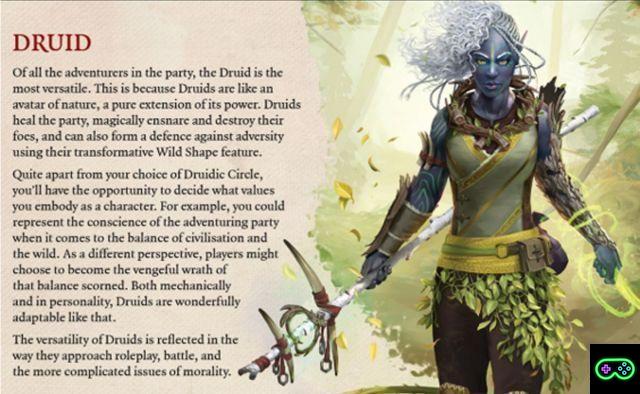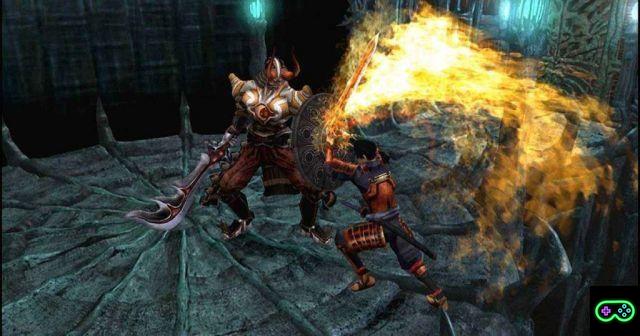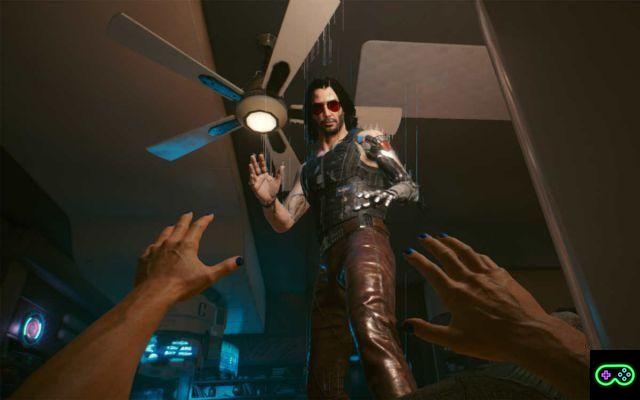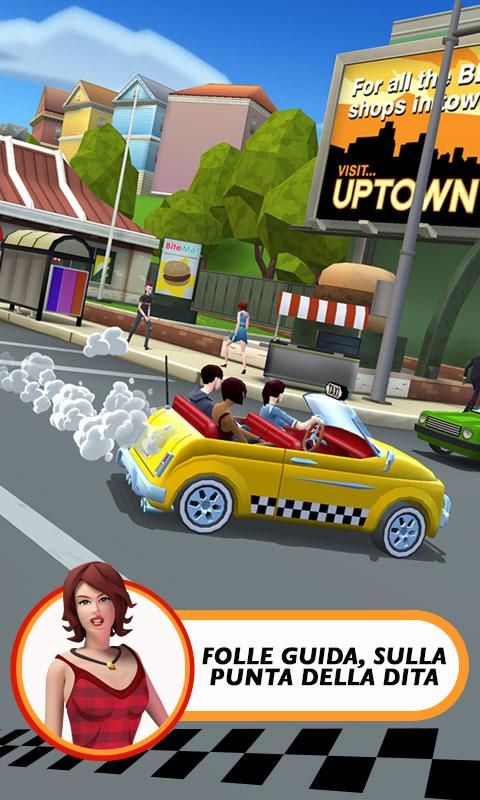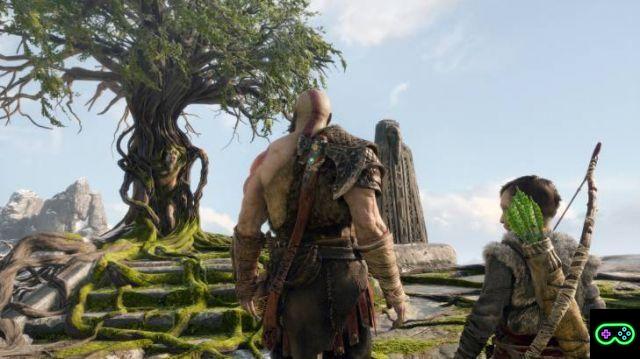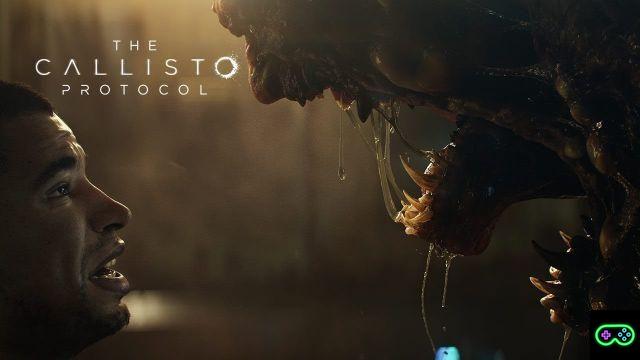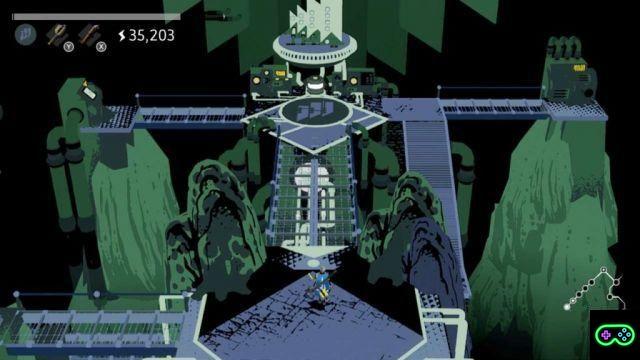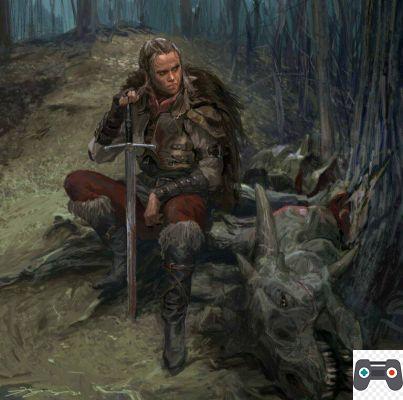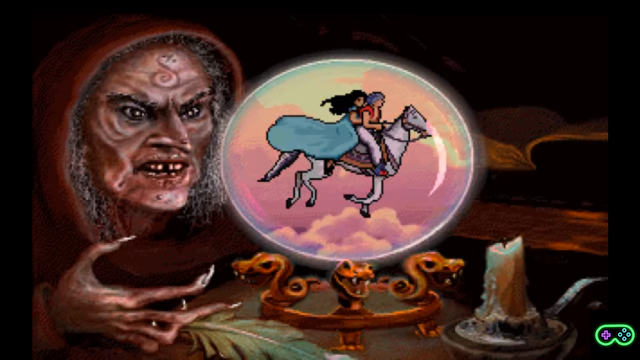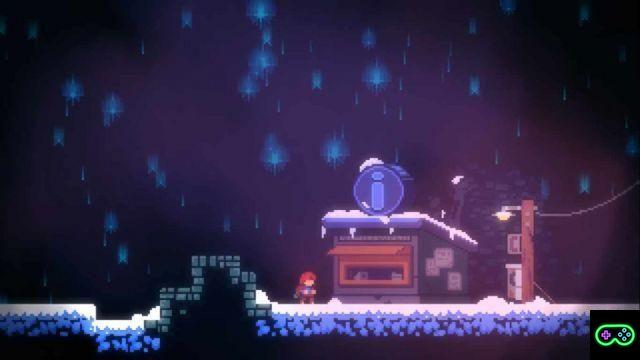
Any child who has owned a gameboy or Nintendo knows the feeling of relief and pleasure in finishing a level, in seeing Mario jump on the flag, for example.
The same ancestral and overwhelming pleasure can certainly be experienced by playing the award-winning Celeste, the 2D platformer made in pixel art by Matt Thorson and Noel Berry. But two minutes of gameplay are enough to understand that impersonating Madeline is not only satisfactory, but also extremely, unspeakably exhausting.
A dated genre with new mechanics
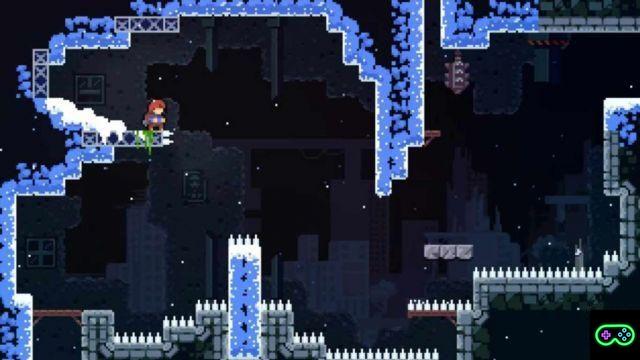
The history of platform video games begins in the 80s and a copious production seems to have exhausted the possibility of renewal today. But Celeste already amazes from the first screens: the influence of video games such as Super Meat Boy, R-type e Super Metroid from which Thorson e Berry have wisely adapted game mechanics, then merging them into a well-studied and difficult gameplay, which is not limited only to platform but that experiences and goes beyond.
The system of trial and error which Celeste makes use of, which allows you to immediately restart the "puzzle" screen as soon as you die (which can happen by falling or by the touch of objects hindering the passage), reducing the player's tiredness and encouraging him to try again continuously. The trial and error is functional to learning the mechanics that change in every room; but this system is not the only one that makes the gaming experience tiring but appreciable.
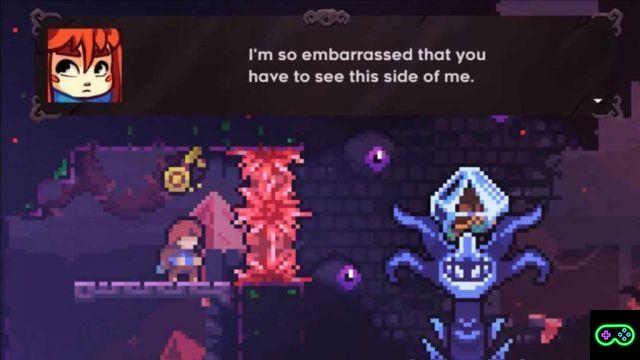
Undoubtedly the dash attack (clear legacy of Wario land) contributes, thanks to the negligible ending lag, to give dynamism to the character. The movement of the camera is essential, which does not follow Madeline but remains fixed, allowing us to have a complete view of the screen in which we are moving.
Madeline can also cling to the walls, giving a real feeling of suspension and tiredness, because our avatar will not be able to hold up forever: even if stamina system of this mechanism is not visible to the player, with the visual ploy of a change in hair color, one realizes that the grip is about to be released and that only a green crystal can prevent the inevitable fall. Furthermore, the double jump, which we will only be able to use in a specific section of the game, certainly brings a wide sigh of relief.
Lastly, the Coyote time, that is the player's ability to jump even after the character is no longer touching the ground, facilitates progress in the levels that seem more complex.
Yes, because the further you go the more the game seems punishing, complex, it brings together all the mechanics in a deadly mix which will require a lot of muscle memory to be addressed (as well as strong nerves in hearing the soundtrack for the fiftieth time, which, although it is masterfully composed, can be anxious and not adrenaline-pumping).
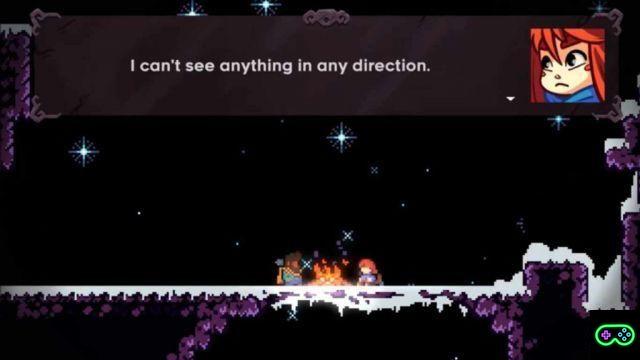
From a visual point of view, despite the fact that the game is made in pixel art, it is astonishing how much attention has been paid to the details: in the settings, in the details that make Madeline's movement more realistic and, for example, on a sound level it is elegant. how the soundtrack becomes muffled the moment you enter the water.
A perfectly successful function is that ofassist mode, which allows all types of players to enjoy Celeste, modifying the speed, reducing the difficulty of the game, the bunting, the number of dashes and invincibility.
The fall of success

Clearly in our analysis we cannot neglect the plot of the video game, which might seem trivial, certainly simple but which deals with complex issues such as depression and panic attacks with delicacy and without leaving room for imagination: Madeline suffers seriously, we do not have a distant and allusive portrayal of a state of mind that can be very debilitating.
Some dialogues manage to hit the point (not the final ones which are extremely redundant), to describe in a few words how this state is sneaky and harmful, and it seems a real representation of personal growth the realization of Madeline and self-refinement is not instantaneous, that it is not enough to say “I can do it” to change for the better.
Although the trick of the doppelganger "Evil" of the protagonist, created by the disintegrating force of suffering and fueled by the power of the mountain, in the complex Celeste only manages to create a setting, the narrative taste of what could have been a well-constructed plot and not an accessory to a exploratory and complex gameplay.
Final judgment: players with dry mouth and players with a full stomach
Celeste in terms of replayability is exceptional, just think of the list of speedrunners who have long tried to break records, or the hours spent playing by Steam reviewers.
The levels are always perfectible, the collectibles that unlock numerous new sections.
If you are looking for a video game to come back to when you feel like it and to always discover new things, this game is for you. If, on the other hand, you bet on an interesting, in-depth storyline, you will probably be disappointed: Celeste is tender and "real", but she may not meet your expectations.




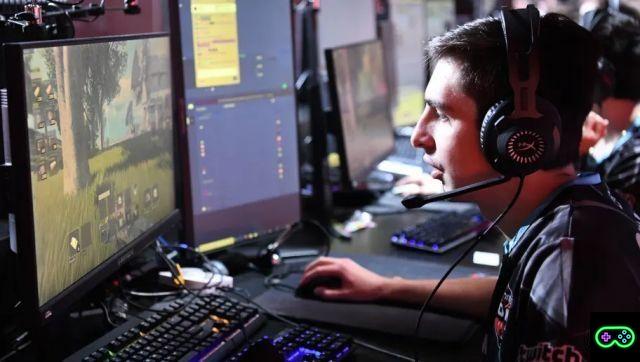
![[The Bear's Lair] God of War: Betrayal and Greek mythology](/images/posts/17432d3b12ecfec44b0b855d20c7520f-0.jpg)



